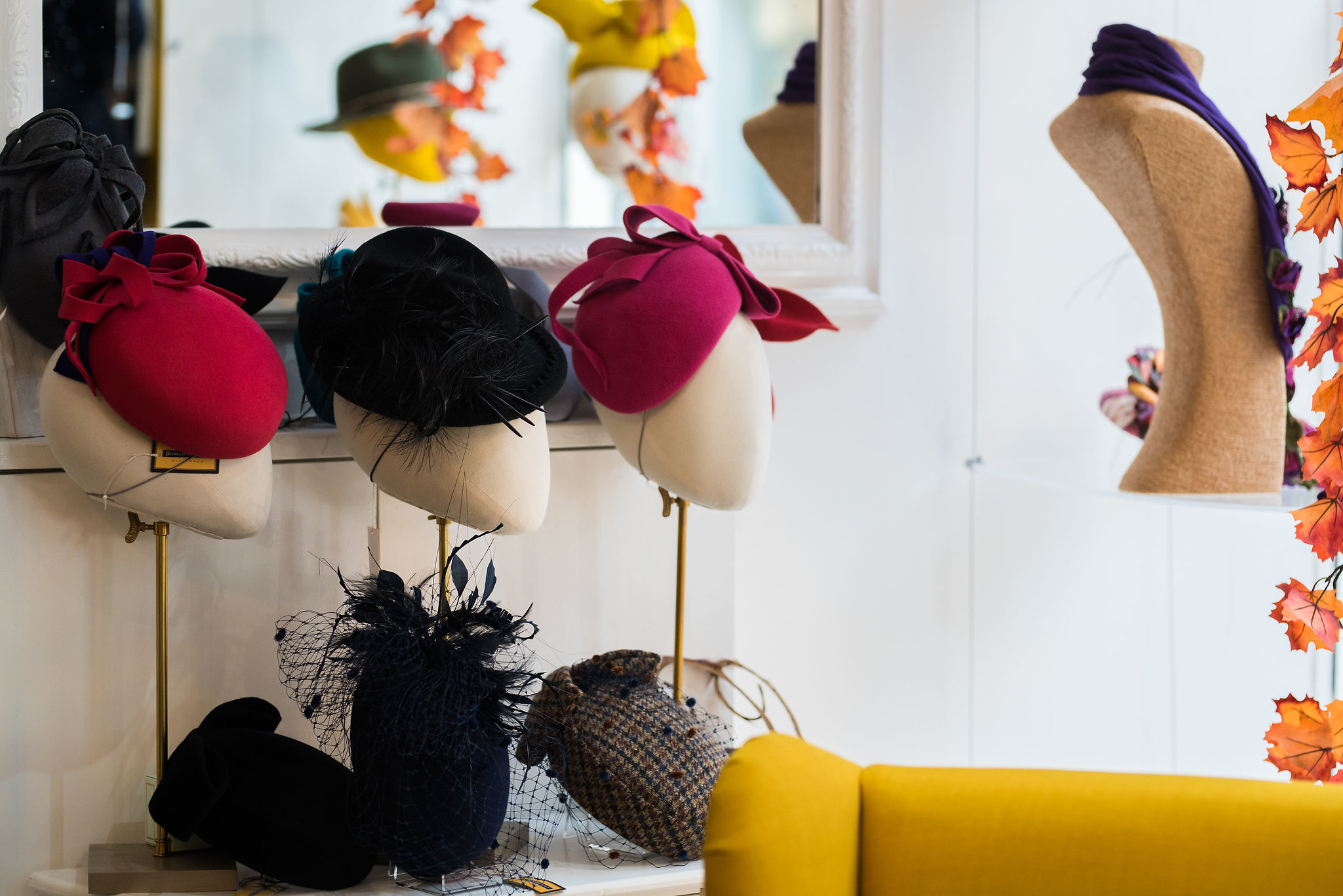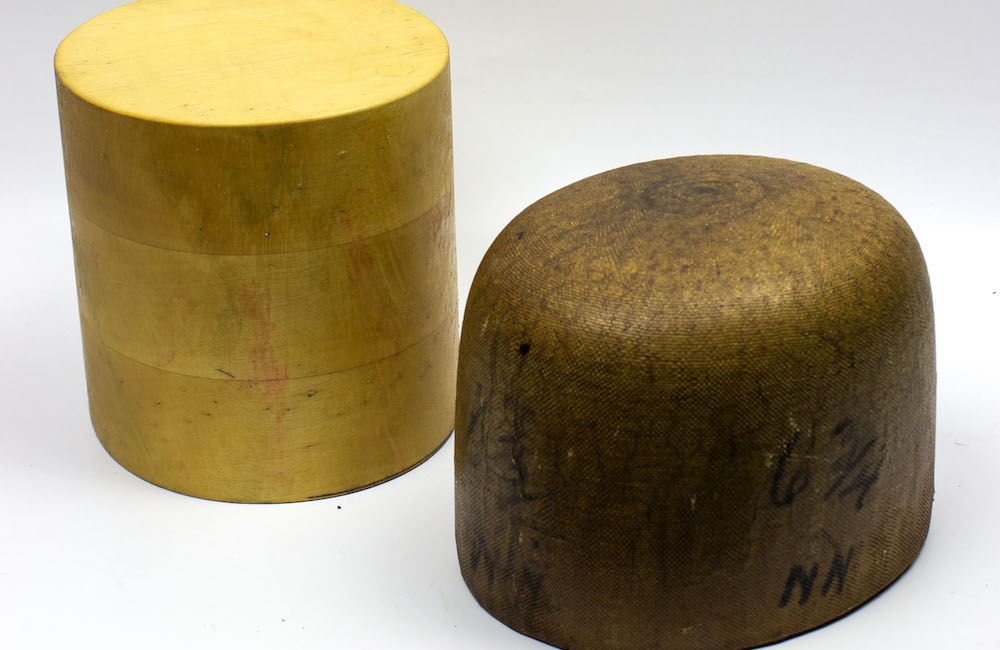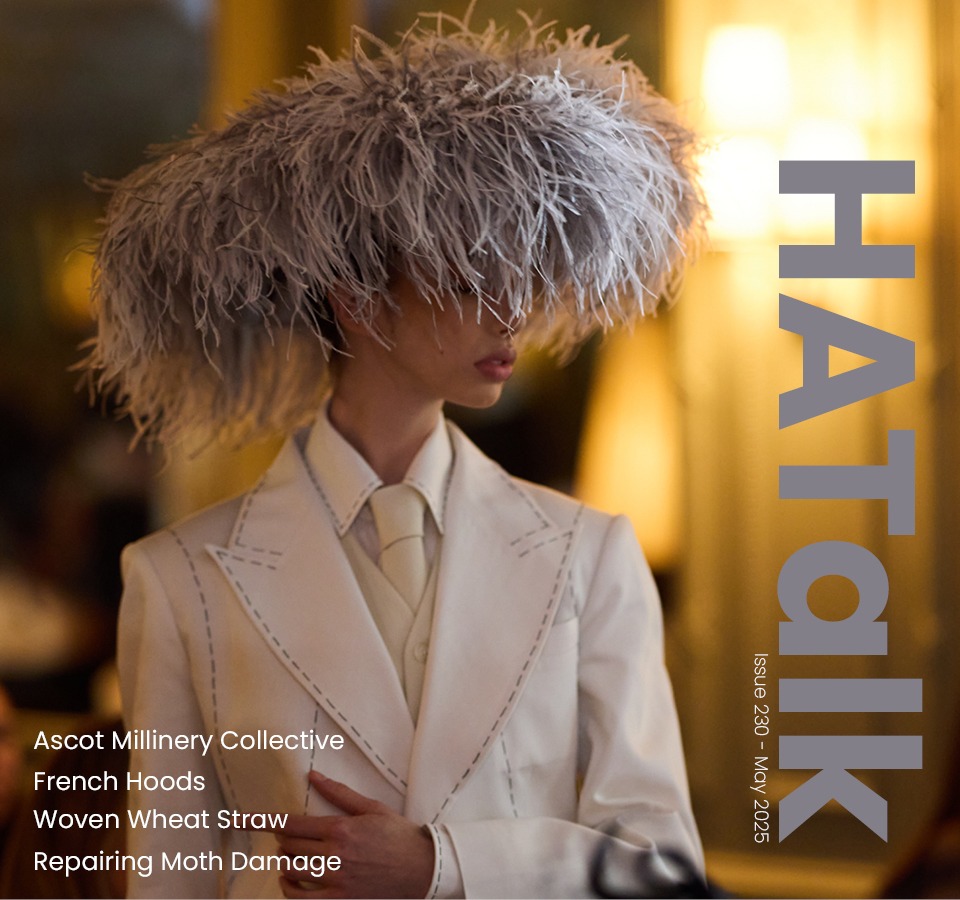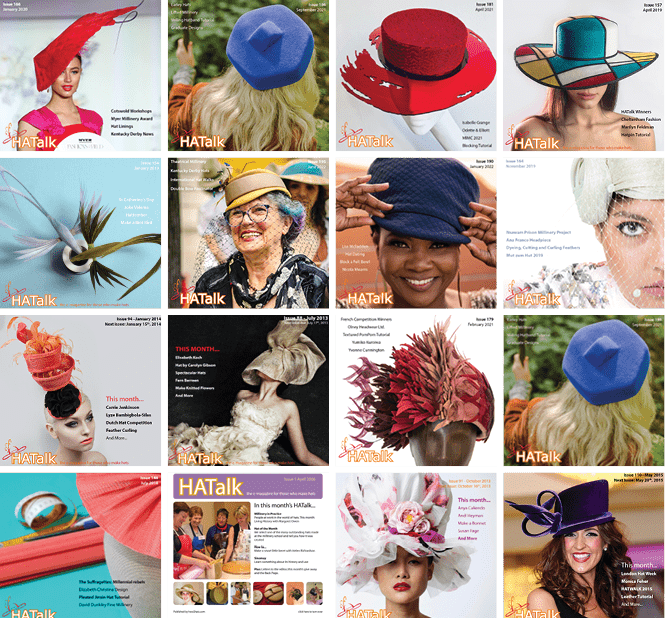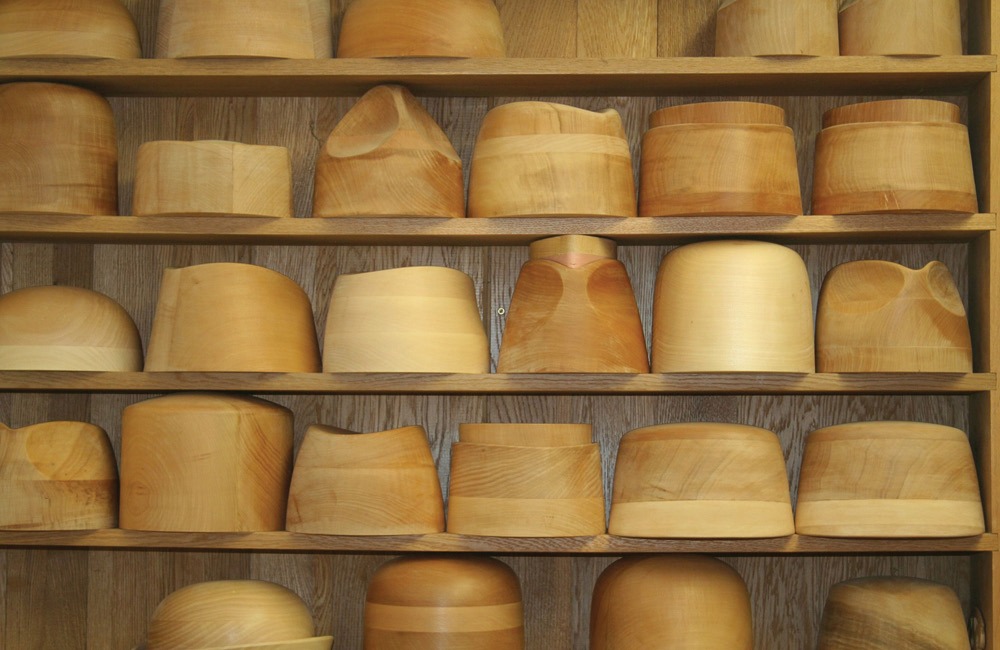Blog / Rose Bertin: The First of the Celebrity Milliners
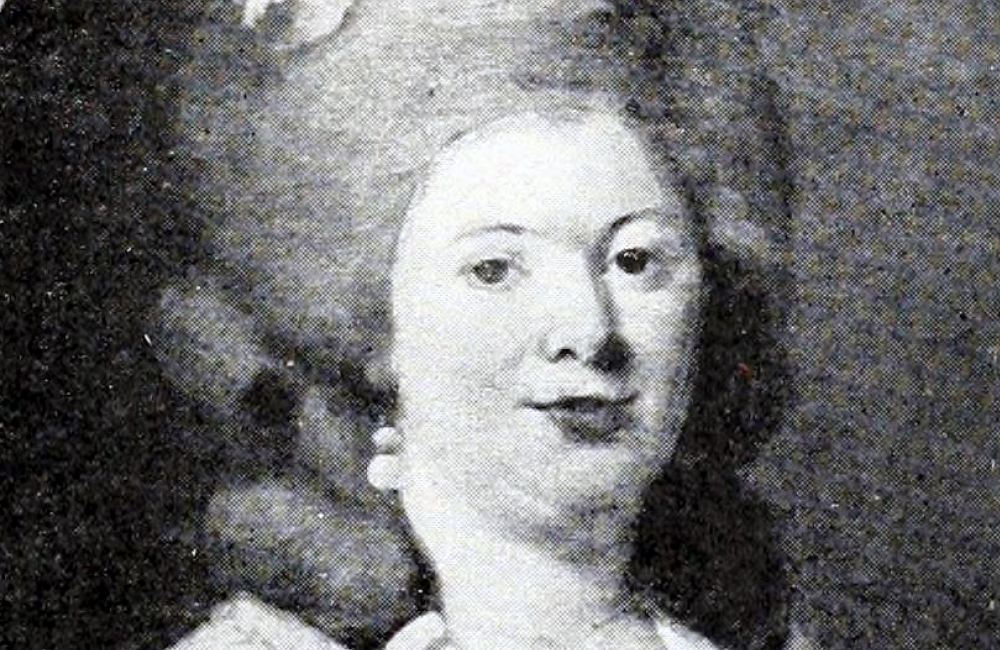
Rose Bertin: The First of the Celebrity Milliners
Rose Bertin
Although the history and use of headwear for religious and protective reasons goes back for thousands of years, the millinery industry as we know it wasn’t established as a profession until the eighteenth century. It was then that the French fashion designer Marie-Jeanne ‘Rose’ Bertin became history’s first famous milliner.
Getting Established
Rose Bertin (1747-1813) moved to Paris at the age of sixteen to begin a millinery apprenticeship with Mademoiselle Pagelle, a successful milliner with aristocratic clients.
In 1772, Bertin opened her own dressmaking and millinery shop, Le Grand Mogol (below), where she worked with clients from the social circles of French nobility. It was here that she met her most famous client, France’s newly crowned Queen Marie Antoinette, in 1774. Bertin soon became the monarch’s unofficial ‘Minister of Fashion,’ clothing her until her deposition in 1792. For this reason, historians often refer to Rose Bertin as the original celebrity fashion designer.
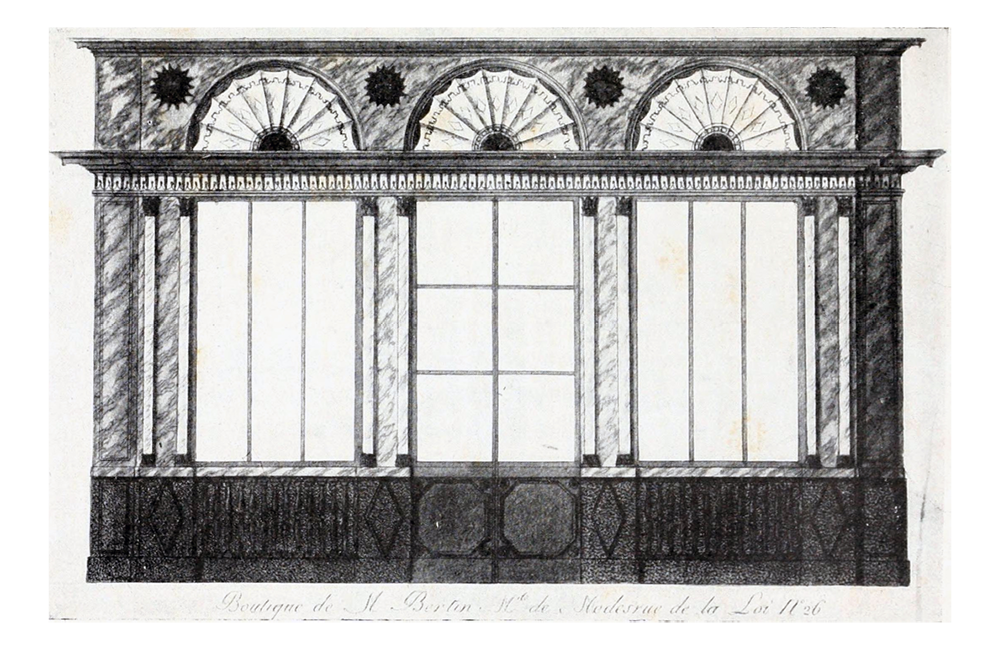
Patnership with Marie Antoinette
Together, Rose Bertin and Marie Antoinette are credited with starting the modern trend of hats as fashion items for women. In this detail of a 1787 painting by Élisabeth Louise Vigée Le Brun, Marie Antoinette is wearing a matching dress and headpiece ensemble created by Bertin.
Fashion hats had existed before, but they were primarily for men. The Queen and her trusted fashion advisor made a significant impact on the styles of the day and established Paris as the centre for European fine fashion in the 1780s. This paved the way for the future importance of Parisian haute couture.
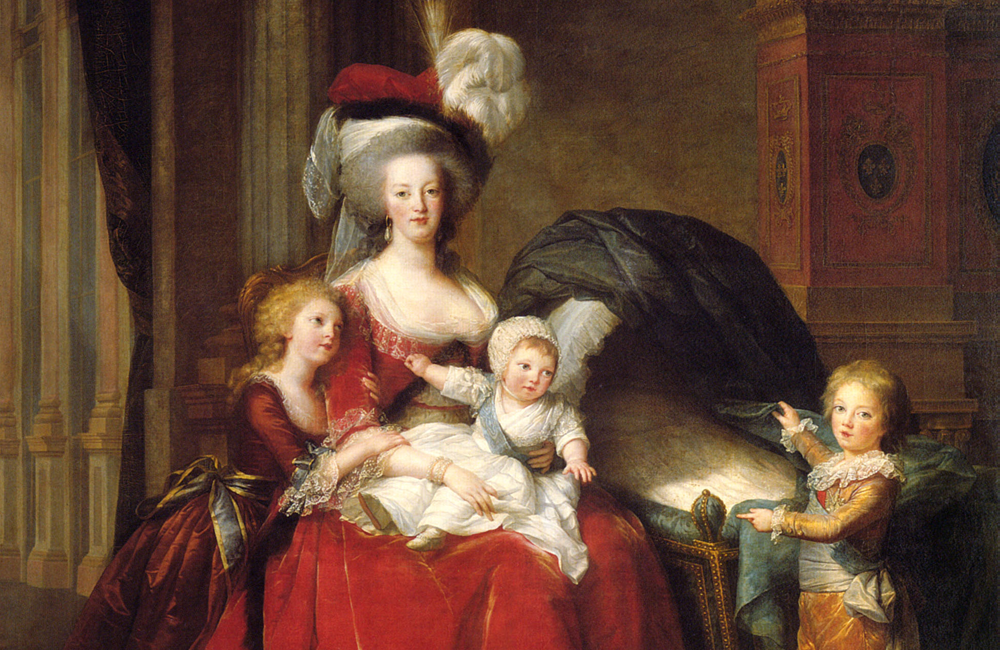
In the years leading up to the French Revolution, fashion hats became a sign of feminine frivolity and the extravagance the upper classes. Bertin’s hats and bonnets were dramatic, incorporating unusual objects and large plumes. Arguably the original fascinators, her elaborate designs were made to sit high on the large pouf hairstyles of the time which, with pads and pomade, could be up to three feet high. These headpieces were often decorated with ornaments and objects related to current events, such as a miniature olive tree or a ship in full sail.
Bertin’s name became synonymous with the excesses of the Versailles Court. Her gowns and headdresses were regularly purchased by Marie Antoinette and her ladies in waiting and sometimes cost up to twenty times the annual salary of a skilled worker in France at that time.
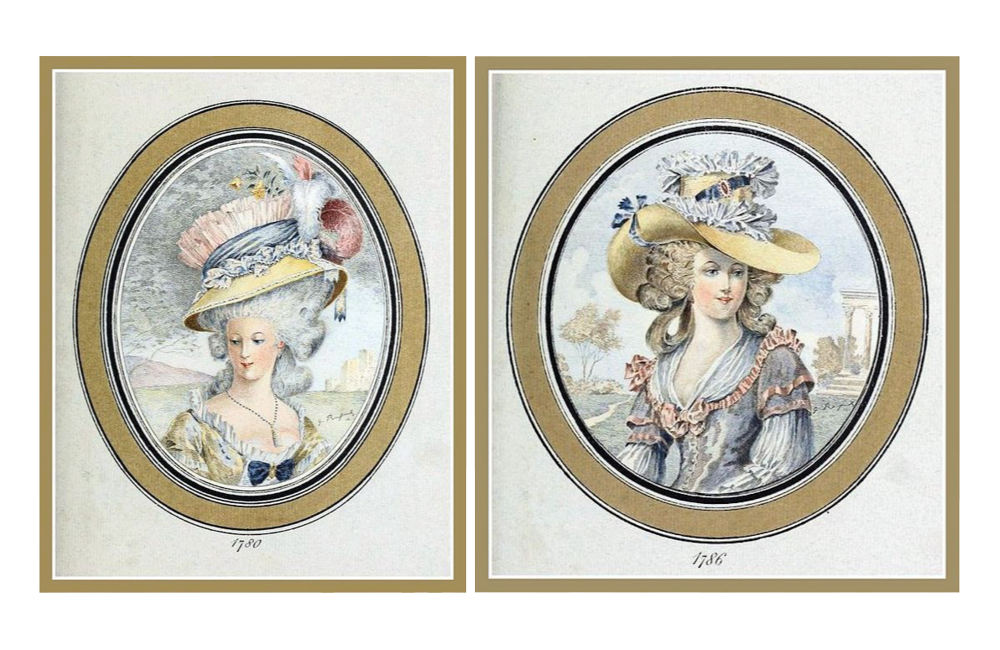
Dangerous Fashion
The aristocracy’s lavish lifestyles and excessive spending, at a time when most of the population lived in abject poverty, greatly contributed to the social and political upheaval leading up to the French Revolution. Makers of fine fashion were viewed as complicit in their wealthy clients’ indiscretions and named ‘Enemies of the State’ when the French people overthrew the monarchy in 1789.
Hundreds of fashion workers were put out of business or exiled from the country and Bertin, chief royal dresser, was labelled “a corrupt and corrupting merchant of luxury.” Despite this, the designer continued to deliver outfits to Marie Antoinette, who was by then under house arrest, and even made the mourning outfit which the Queen wore after her husband, King Louis XVI, was executed. These were the clothes the Queen wore on the day she was transferred to the Conciergerie to await her own death in 1794.
A Quiet Ending
After Marie Antoinette’s execution, Bertin moved to London. Although she managed to clear her name and return to France the following year, her business and reputation never fully recovered. Plus, French fashions had altered radically and her excessive styles were no longer in vogue.
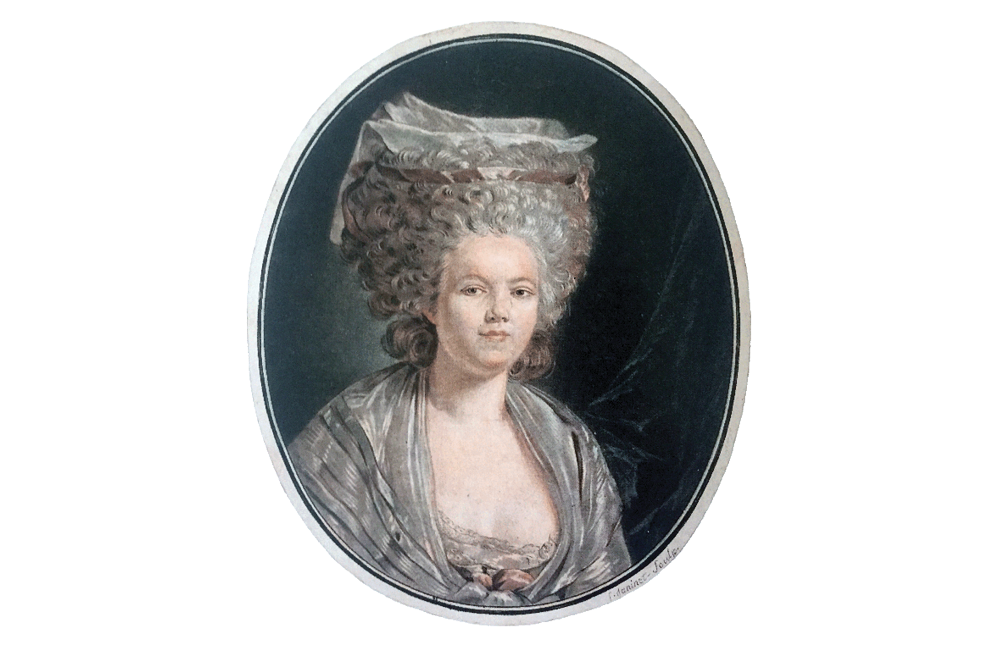
Eventually, Rose Bertin passed her business on to her nephews and retired to Épinay-sur-Seine. She died there in 1813.
The above portrait of Rose Bertin is credited to Louis-Roland Trinquesse, date unknown.
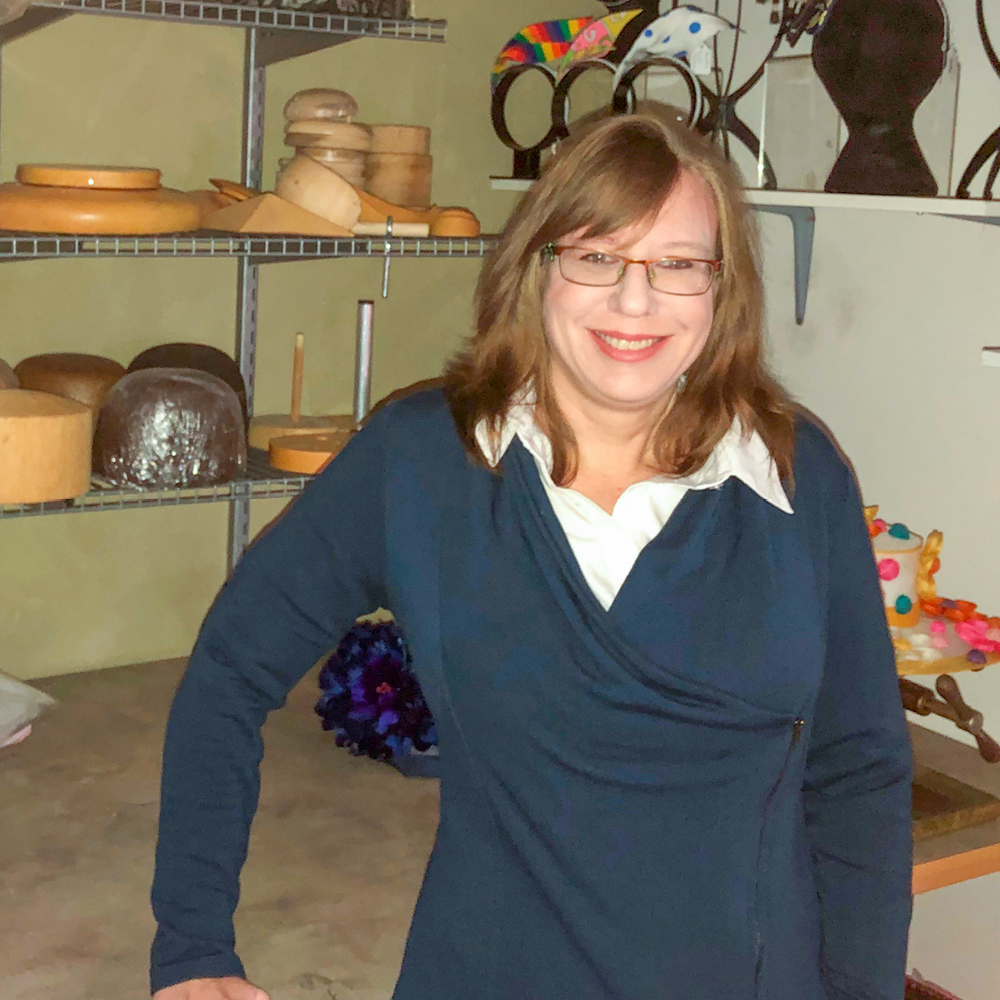
About the Author
Amy Fowler is the creator of the bespoke, California-based Millinery by Amy Fowler label. She also runs Humboldt Haberdashery, an online millinery supplier.
See Amy’s full bio HERE.
Popular Articles
Latest e-Magazine
Featured Supplier

Rose Bertin: The First of the Celebrity Milliners
Rose Bertin
Although the history and use of headwear for religious and protective reasons goes back for thousands of years, the millinery industry as we know it wasn’t established as a profession until the eighteenth century. It was then that the French fashion designer Marie-Jeanne ‘Rose’ Bertin became history’s first famous milliner.
Getting Established
Rose Bertin (1747-1813) moved to Paris at the age of sixteen to begin a millinery apprenticeship with Mademoiselle Pagelle, a successful milliner with aristocratic clients.
In 1772, Bertin opened her own dressmaking and millinery shop, Le Grand Mogol (below), where she worked with clients from the social circles of French nobility. It was here that she met her most famous client, France’s newly crowned Queen Marie Antoinette, in 1774. Bertin soon became the monarch’s unofficial ‘Minister of Fashion,’ clothing her until her deposition in 1792. For this reason, historians often refer to Rose Bertin as the original celebrity fashion designer.

Patnership with Marie Antoinette
Together, Rose Bertin and Marie Antoinette are credited with starting the modern trend of hats as fashion items for women. In this detail of a 1787 painting by Élisabeth Louise Vigée Le Brun, Marie Antoinette is wearing a matching dress and headpiece ensemble created by Bertin.
Fashion hats had existed before, but they were primarily for men. The Queen and her trusted fashion advisor made a significant impact on the styles of the day and established Paris as the centre for European fine fashion in the 1780s. This paved the way for the future importance of Parisian haute couture.

In the years leading up to the French Revolution, fashion hats became a sign of feminine frivolity and the extravagance the upper classes. Bertin’s hats and bonnets were dramatic, incorporating unusual objects and large plumes. Arguably the original fascinators, her elaborate designs were made to sit high on the large pouf hairstyles of the time which, with pads and pomade, could be up to three feet high. These headpieces were often decorated with ornaments and objects related to current events, such as a miniature olive tree or a ship in full sail.
Bertin’s name became synonymous with the excesses of the Versailles Court. Her gowns and headdresses were regularly purchased by Marie Antoinette and her ladies in waiting and sometimes cost up to twenty times the annual salary of a skilled worker in France at that time.

Dangerous Fashion
The aristocracy’s lavish lifestyles and excessive spending, at a time when most of the population lived in abject poverty, greatly contributed to the social and political upheaval leading up to the French Revolution. Makers of fine fashion were viewed as complicit in their wealthy clients’ indiscretions and named ‘Enemies of the State’ when the French people overthrew the monarchy in 1789.
Hundreds of fashion workers were put out of business or exiled from the country and Bertin, chief royal dresser, was labelled “a corrupt and corrupting merchant of luxury.” Despite this, the designer continued to deliver outfits to Marie Antoinette, who was by then under house arrest, and even made the mourning outfit which the Queen wore after her husband, King Louis XVI, was executed. These were the clothes the Queen wore on the day she was transferred to the Conciergerie to await her own death in 1794.
A Quiet Ending
After Marie Antoinette’s execution, Bertin moved to London. Although she managed to clear her name and return to France the following year, her business and reputation never fully recovered. Plus, French fashions had altered radically and her excessive styles were no longer in vogue.

Eventually, Rose Bertin passed her business on to her nephews and retired to Épinay-sur-Seine. She died there in 1813.
The above portrait of Rose Bertin is credited to Louis-Roland Trinquesse, date unknown.

About the Author
Amy Fowler is the creator of the bespoke, California-based Millinery by Amy Fowler label. She also runs Humboldt Haberdashery, an online millinery supplier.
See Amy’s full bio HERE.

